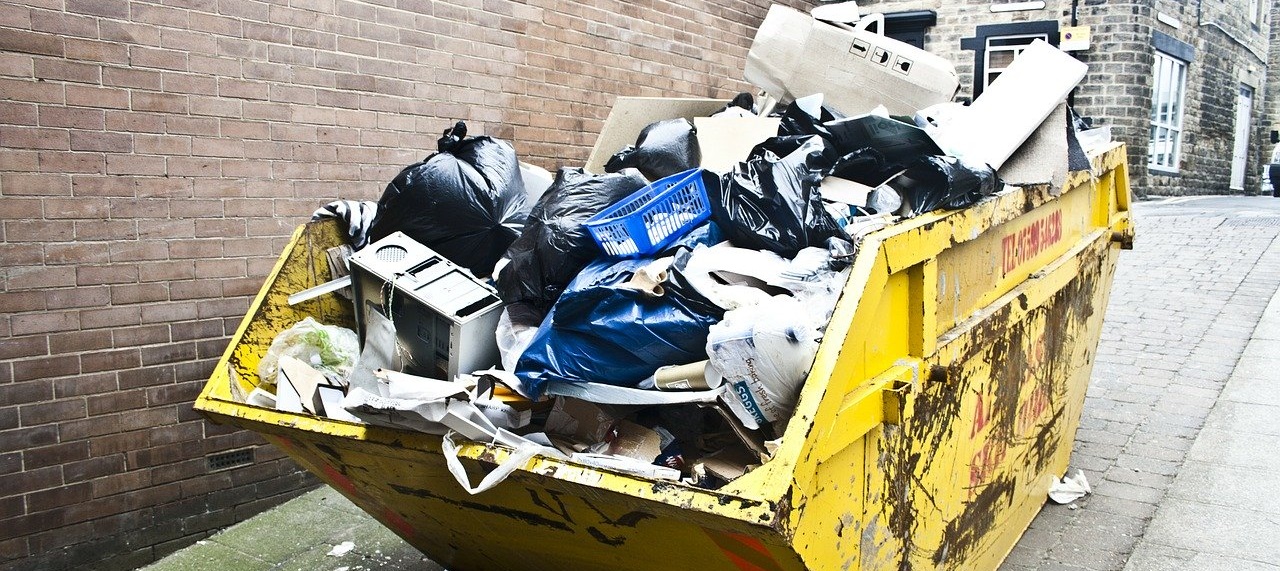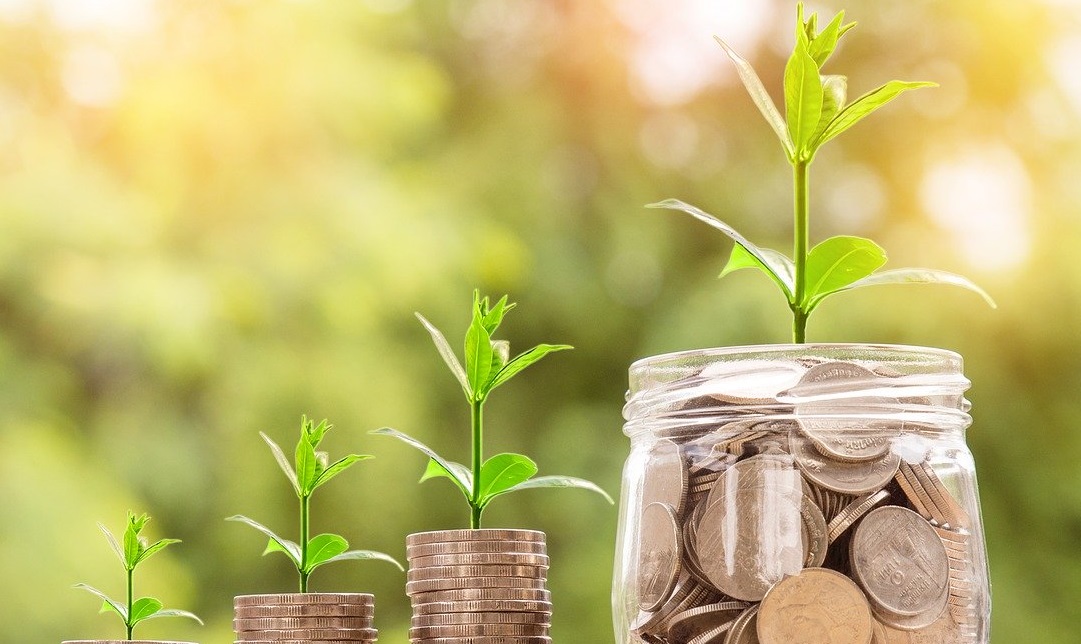The Corona pandemic is affecting every and each field of policy-making, including the EU Green Deal and the circular economy agenda. T&P’s Alessandro had a look at where the EU stands in its circular endeavour and what to expect from EU policy-making.
Published on: April 20, 2020
The urgent need for a political and economic response to the ongoing Corona epidemic has clearly overshadowed the EU Green Deal agenda of the EU Commission and dampened its political momentum. This is also true for the new Circular Economy Action Plan, published in March by the Commission.
As EU leaders debate on how to finance the post-Corona reconstruction, the circular economy approach could offer a new model to re-launch EU industry while also moving in the direction of increased sustainability, away from the linear extract-produce-consume-discard template followed so far. A recent call for a “Green Recovery” has been rapidly gathering consensus on pushing for “Green Recovery Investment Packages acting as accelerators of the transition towards climate neutrality and healthy ecosystems”. The concretisation of such an investment strategy could surely accelerate the transition to an EU-wide circular economy, but the road to achieving this does not come without important challenges.
Wasting circular potential
One of the aims of the Circular Economy Action Plan is to reduce waste and transform it into functional secondary materials ready for new applications.
There is no doubt that the primary source, waste, is abundant in the EU. Despite improvements in waste collection and recycling, statistics show a steady upward trend in the amount of waste EU countries produce. The objective therefore is to identify how to effectively sort and retrieve precious materials otherwise destined to the landfill, and to do so in a sustainable way. Consider for instance the issue of electronic waste. Many precious materials are hidden in our old smartphones, tablets and house appliances, but dangerous chemicals are present too, or may be required to implement current recycling strategies.

Too often, e-waste and other undesired waste have been shipped outside of the EU, avoiding stricter health and environment protection standards applied in the EU, but also limiting the potential for the proper development of waste treatment facilities and businesses on EU soil. Recognising such challenges, and hinting at the economic and job-creating potential of the waste-management sector, the EU Commission has planned various public consultations contributing to the review and adaptation of important EU legislation, including:
- A review of the Waste Shipment Directive (WSR), in particular on improving enforcement and harmonisation of interpretation of the rules at Member State level;
- A proposal for a new EU directive on reducing packaging waste, addressing the need for packaging design improvement and uptake of recycled materials;
- A new delegated act including hazardous and hard-to-recycle plastic waste in the list of banned waste export to non-OECD countries;
- A review of sustainability and transparency requirements for batteries, facilitating reuse, repurposing and recycling.
At the same time, an important deadline is also fast approaching. By 5 July 2020, all Member States should transpose into national legislations several provisions agreed in 2018 under three important directives: the Waste Framework Directive, the Landfill Directive, the Packaging and Packaging Waste Directive. By July 2021 Member States should also transpose the Directive on the reduction of the impact of certain plastic products on the environment, including measures on single-use plastics. All four pieces of legislation directly target household waste and recycling capacities in the EU, as municipal waste continues to be a long-standing challenge for the EU, with half of the Member States currently at risk of non-compliance with the 2020 target to recycle 50% of municipal waste. Nevertheless, the Commission is committed to push ahead, with new waste reduction targets and an EU-wide harmonised model for separate collection of waste and labelling scheduled for 2022.
The ongoing Corona crisis could however add further strain to waste collection and treatment, with a spike in medical and hazardous waste (potentially infected single-use masks, personal protective equipments, etc), a resurgence of food plastic packaging and slowing down of waste shipments within the EU. There is a concrete risk that the pressing needs in managing the pandemic will shift the focus away from new commitments to enhanced waste collection and recycling targets. Such a delay would inevitably hit the implementation of new circular models of resources re-use, for which high-quality recycling and secondary materials are essential.

Circular policies...
A recent survey led by the EU Environmental Agency (EEA) on circular economy monitoring and targets, has put the spotlight on the varied and uneven development of circular economy policies across the EU. The EEA’s final report highlighted “a general lack of target setting across Europe, which is needed to improve resource efficiency and drive the circular economy”. Among the main obstacles to further consolidating the circular dimension in policymaking, European countries listed “institutional challenges”, namely, the ability to bring together institutional actors at different levels to devise policy strategies capable to tackle the multi-sectoral challenge of the circular transformation. The lack of technical expertise for some EU countries is also affecting the circular policy-making process, at a time of equally urgent climate-related actions such as the energy transition and the achievement of emission reduction targets. The hope is that, by implementing the new Circular Economy Action Plan and in particular its policy and legislative initiatives targeting key product value-chains, the EU Commission will put forward standards and targets capable of harmonising circular economy policies across the Union. It goes without saying that the impact of the pandemic on policymaking activities cannot be ignored. Delays and/or reviews of initiatives planned in the pre-Corona 2020 Work Programme should be expected. Also, It remain to be seen to what extent the Commission’s initiative will ease the challenges faced by national authorities if the above-mentioned institutional factors are not properly addressed.
...and business models
Companies' “ability to grasp opportunities” and “market barriers for recycled resources” are two other common obstacles to circular economy development emerging from the EEA report. These results reflect both the entrepreneurial community’s levels of awareness of circular economy business models and the required investments needed to implement them, as well as the current issues affecting recycled materials pricing and perceived quality compared to virgin materials. The report in particular highlights that “capacity in terms of manpower and competences, or lack of previous experience, was particularly visible among small and medium-sized enterprises (SMEs)”, which are also more affected by limited access to finance and “resistance to change” factors than larger companies when a change in business model is required.

In this respect, since the launch of the first EU Circular Economy Action Plan in 2015, the EU Commission has aimed at enhancing research but also businesses and SMEs in their transition to circular economy models. The Horizon 2020 funding scheme supported such efforts, with a total of 257 projects related to circular economy, of which 54 funded through the SME instrument, in the 2016-2018 period.
Specific H2020 projects have addressed the issue of demonstration and implementation of circular business models, targeting not only production of goods but also service-provision, interaction with consumers, the potential of new digital technologies, and development of sector-specific guidelines. The EU Commission also pledged to step up its support to training and up-skilling schemes in its SME Strategy, with a new scheme of dedicated “Sustainability Advisors”, enhanced cooperation in industrial clusters and technology transfers via the European Resource Efficiency Knowledge Centre (EREK).
Access to finance needed for the transition to circular value-chains remains critical. Notably, a recent report on improving access to finance for circular economy projects, prepared by the Informal Commission Expert Group “Support to Circular Economy Financing”, highlighted that “circular economy projects are not necessarily inherently riskier than linear projects, especially from the long-term perspective. It is rather that the regulatory system, markets and financial risk assessment are distorted and biased in favour of the financing of linear projects”.
The EU Council initial green light for a new regulation setting out an EU-wide classification system, or "taxonomy", for sustainable finance is therefore an important first step toward the creation of a more favourable regulatory environment for investments in circular economy. It will be crucial not to lose momentum in the upcoming negotiations for a Corona Recovery Plan and ensure adequate budget and accessible financing mechanisms to orientate industrial re-launch in a circular direction.
Keep circular ambitions high
According to the EU Commission’ Industrial Strategy, an extensive application of circular economy principles in all industry sectors could lead to 700,000 new jobs across the EU by 2030. Equally, the current unsustainable pattern of resource-use and waste, coupled with the increasingly challenging access to critical raw materials, make a strong case for a radical shift toward circular models of production and consumption.
The ongoing pandemic and its economic fallout may suggest a review of circular ambitions, emphasizing existing “resistance to change” factors. On the contrary, as state aid and public investments are flowing in support to national economies around the EU, there is a clear opportunity to kick-start the circular transformation we urgently need. The next weeks and months of budget negotiations, including the next Multi-Annual-Financial Framework, will surely give us an idea of the level of ambition of EU institutional actors and Member States in pushing a new cycle of EU environmental policymaking.
#StaySafeStayTuned.